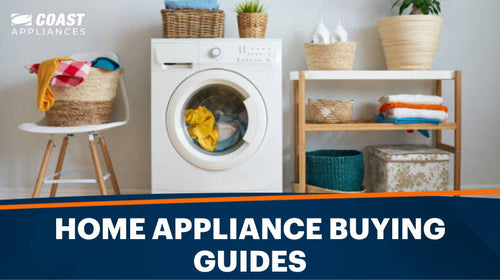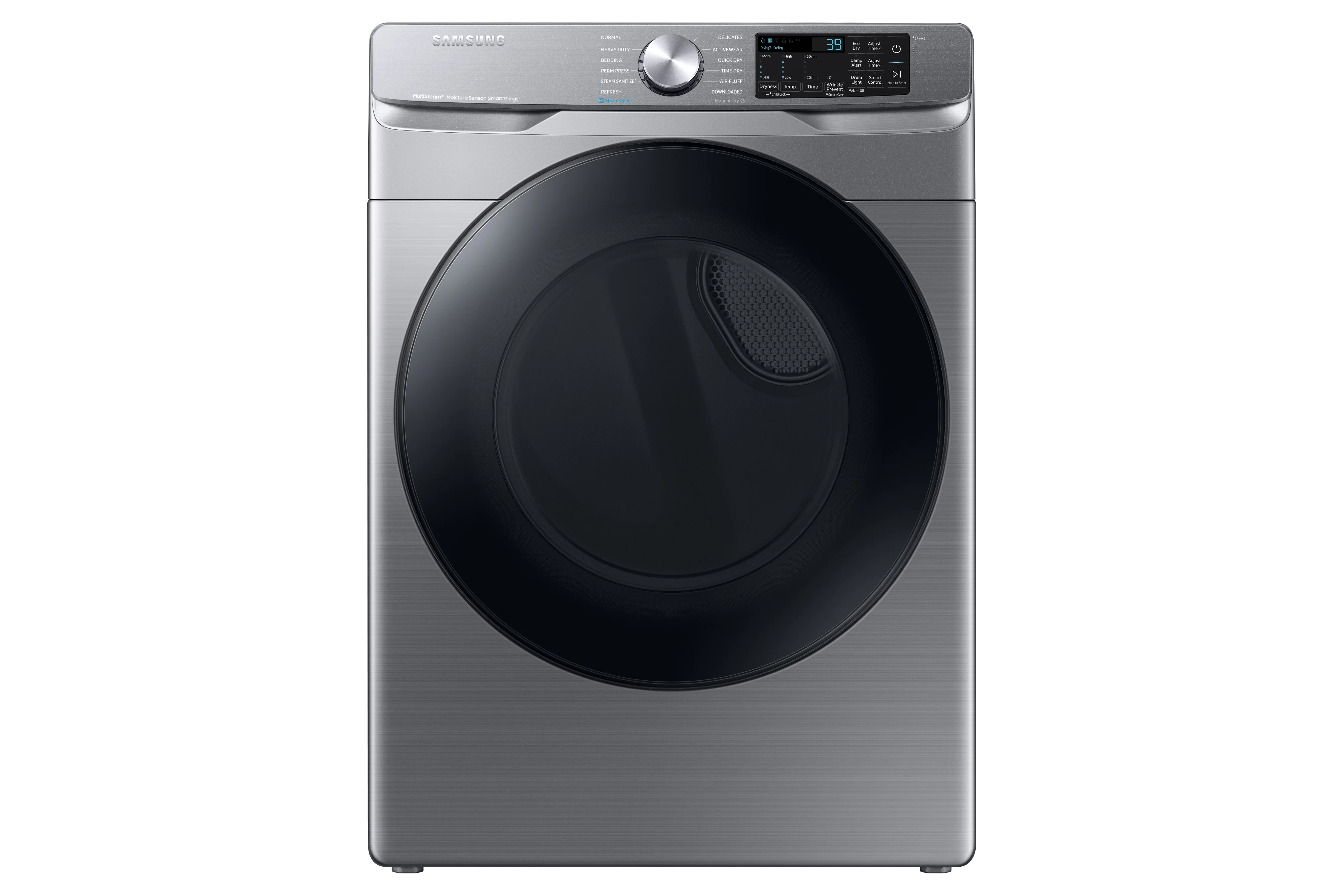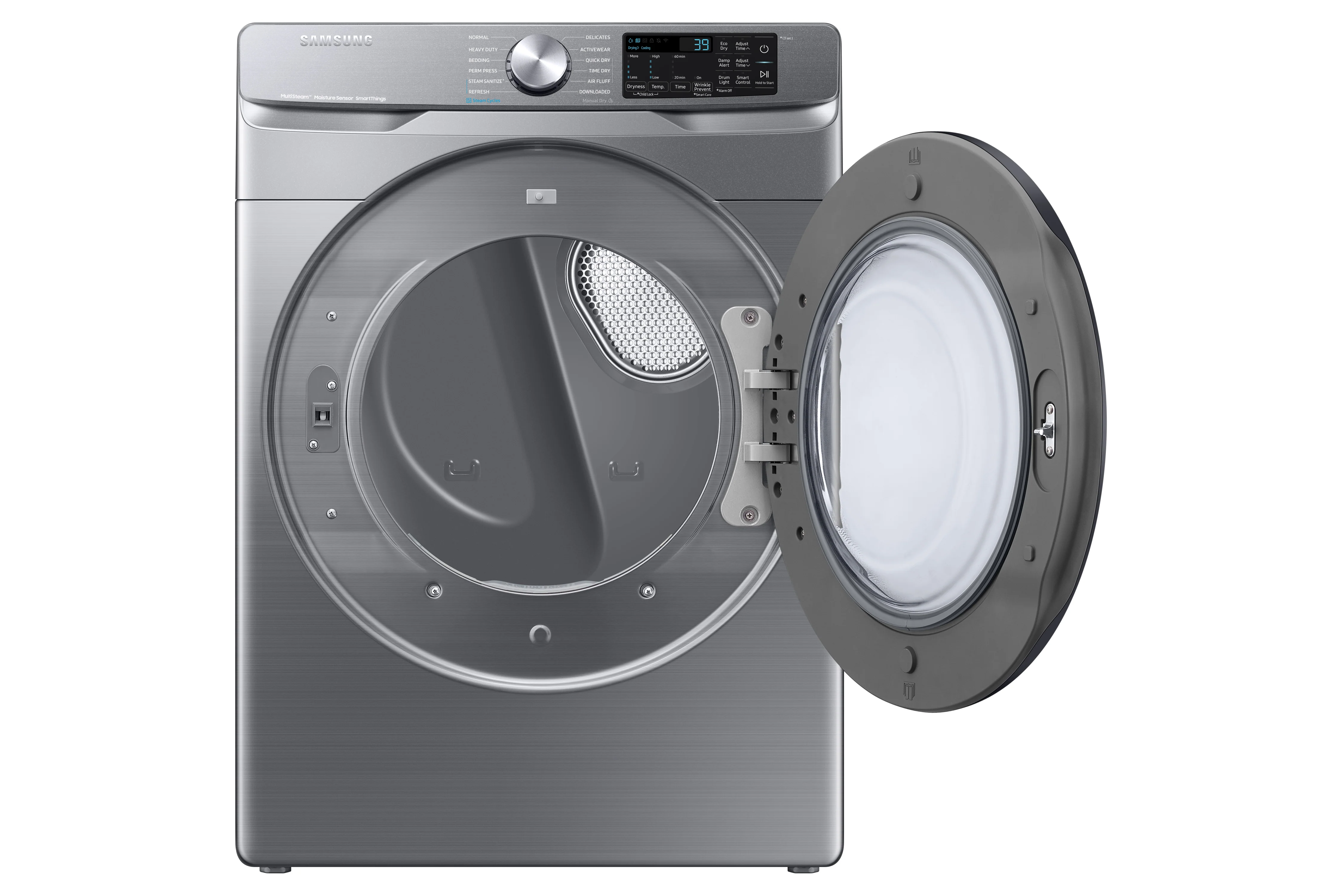Modern ovens come with a useful feature called “self-clean mode”, which has escalated their demand in the market. For many people, this new feature is still confusing as they cannot comprehend what a self-clean oven does. If you are tired of scraping and scrubbing grime from your oven, self-cleaning might be a wise investment. While it doesn't replace the traditional method of cleaning an oven, it can shorten the cleaning process. This article will answer all your self-cleaning oven-related questions like, what is a self-cleaning oven? How does an oven self-clean? Is a self-cleaning oven safe? How to use this feature to your benefit?
We’ll cover:
What Is a Self-Cleaning Oven?
As the name suggests, a self-cleaning oven can clean its interior without manual cleaning. The basic idea is that regardless of the mess in your oven, whether that’s grease spills or spilled food that hardened, a self-cleaning oven can clean using different, model-specific cleaning methods. One thing to note is that this feature automatically sets the oven to a temperature higher than normal cooking temperatures.
A modern self-cleaning oven can help you ditch chemical-based cleaners and degreasers, which often leave residue and can affect the quality of the food cooked. It also eliminates the need to scour and scrub. This feature can be activated with just a click on the self-cleaning mode, meaning the oven will clean itself while you relax. There are usually two types of self-cleaning ovens available in the market. The high-heat model uses a higher temperature to remove dirt and grime while the steam-based model uses a steaming method to loosen the grime.
How Does a Self-Cleaning Oven Work?
Now that you have a basic idea of what a self-cleaning oven is, the next question is how does an oven self-clean? A self-cleaning oven uses high temperatures to remove grime, leaving only ashes and loosened debris on the oven floor to be cleaned.
During the self-cleaning process, temperatures can range from 800 to 1000 degrees Fahrenheit (426.6 to 537.7 degrees Celsius) inside. This type of oven is also called a pyrolytic self-cleaning oven. These modern ovens often have an automatic door-locking feature for safety reasons. In a steam-cleaning oven, the temperature can rise between 200 and 250 degrees Fahrenheit (93.3 to 121.1 degrees Celsius) to create steam that melts away grime.
Apart from pyrolytic ovens and steam-based ovens, there is another type of self-cleaning oven called a catalytic oven. These ovens have a special layer on the surface that eliminates dirt and grime almost instantly. Below are brief details of how the "self-clean" feature in these three ovens works and how you can benefit from it.
How Does a Pyrolytic Self-Cleaning Oven Work?
Before discussing how pyrolytic self-cleaning ovens work, let's first understand what a pyrolytic oven is. The oven derives its name from the process of pyrolysis. It is a thermal decomposition process where an organic substance like biomass is heated at high temperatures in the absence of oxygen.
This process is used by pyrolytic self-cleaning ovens to decompose debris. This decomposition leaves ashes or burned food residual that needs to be manually cleaned when the process is complete. Modern ovens are equipped with an auto-locking feature that prevents the door from opening during or immediately after the process. The cleaning cycle can take 2 to 6 hours to complete. Once the cleaning is done, let the oven cool down, and then wipe off the burned debris and ashes with a damp rag or sponge.
As the temperature reaches higher than normal during pyrolysis, you might notice a smoky or burned odor from the oven. This is completely normal but ensure that the kitchen is properly ventilated to prevent fumes from building up. Also, don't forget to check the oven vent before starting the process.
How Does a Catalytic Self-Cleaning Oven Work?
Self-cleaning ovens have special catalytic liners on the interior surface. These chemical liners are designed with absorbing properties to remove grease and grime from the oven walls, ceiling, and floor. They are porous and feel rough. The catalysis process produced by these liners eliminates spills and drips by oxidizing them. The process continues when food is cooked at a temperature above 400 degrees F (204.4 degrees C).
The main advantage of catalytic self-cleaning ovens is that they don't use high temperatures to incinerate grime in the oven interior. The liners not only absorb food debris and grease but also remove odors inside the oven. Debris or grime becomes loose ashes on the oven floor. Wipe it off using a dry or wet cloth without any scraping or scrubbing.
Some catalytic self-cleaning ovens come with removable liner panels that can be detached and hand washed. These liners should never be scraped or scrubbed as that can damage the catalytic film, impacting their effectiveness.
How Does a Steam Cleaning Oven Work?
As mentioned earlier in this article, a steam-cleaning oven uses steam to melt away the dirt and grime from the cavity. You need to put a bowl of distilled water inside the oven and close the door. After you switch on the self-cleaning mode, the oven will heat up until the water begins to steam. The steam will circulate inside the chamber to loosen tough stains and grease.
The steam cleaning process continues from 30 minutes up to 2 hours depending on the oven model and the amount of build-up inside the oven. During the process, do not open the door or switch off the oven. After the cleaning process is completed, wait for the oven to cool down and wipe out the debris collected at the base using a rag or microfiber cloth.
Steam-based self-cleaning ovens may not use as high temperatures as pyrolytic self-cleaning ovens, but these also cause the temperature around the oven to rise. You might also notice smoke coming out of the oven but don’t worry as that is normal. Keep the oven vent clean and switch on the kitchen vent to prevent fumes from accumulating in your home.
Safety Considerations for Self-Cleaning Ovens
Seeing smoke coming out of the oven can be disturbing, even though it is normal. This will raise the next question of whether a self-cleaning oven is safe. The answer is yes if you are taking adequate precautions before the process to lessen the risk. With pyrolytic and steam-based self-cleaning ovens, the main concern is the high heat used to remove dirt. This process can generate a small quantity of toxic fumes from the burning or melting of grease and grime.
Using the self-cleaning mode less frequently can also save energy, as a single cleaning process can consume energy equivalent to a month’s use of the oven. This can have a huge impact on your energy bills.
During the self-cleaning process, most ovens start emitting smoke, which is considered normal, but the toxic fumes can affect pets and children in the home if not immediately ventilated. It can cause serious discomfort to people with respiratory problems, so keeping the oven vent clean and the exhaust system running while the oven is cleaning itself is always a good idea. Also, don’t forget to remove the racks and any foil inside the oven before you start the self-cleaning process. The high heat can damage the shine of the racks and crumble the foil inside. It is better to soak and clean the racks with a homemade solution of equal parts of water, vinegar, and baking soda.
Reviews on Self-Cleaning Ovens - Should You Get One?
Self-cleaning ovens are a boon to people too busy to deep clean their ovens once or twice a year. It eliminates the hard work of scrubbing, scraping, and cleaning to simply wipe off the dirt. What more can you ask for when you have an oven cleaning itself while you enjoy time with family and friends?
Here is what people have to say about it:
| Self-cleaning oven | Title | Rating | Product Link |
|
|
|
4.4 From 283 people |
|
|
|
|
4.3 From 284 people |
|
|
|
|
4.3 From 2041 people |
|
|
|
|
4.6 From 2672 people |
|
|
|
|
4.5 From 740 people |
FAQs about How a Self-Cleaning Oven Works
Is it safe to use a self-cleaning oven?
Yes, a self-cleaning oven can be used safely if you are ready to prep it before the process to lower the risks. Ensure the oven vents are working properly, and run the kitchen exhaust system during the process. If your oven allows you to choose the temperature during self-cleaning, select the lowest range to ensure no heat elements are damaged during the process.
How often can you self-clean an oven?
During the self-cleaning process, the oven heats up more than usual during cooking. This way, it burns or melts away grime, which can be easily wiped off after the process is complete. As self-cleaning demands more energy and stays on for several hours, be aware that your energy costs could go up, but you can use the functionality as needed.
Do self-cleaning ovens turn off when done?
Self-cleaning ovens are provided with an auto-turn-off feature, so when the cleaning is done, it immediately turns off. Some might have an auto-door lock feature that prevents opening the oven door during and immediately after the process.
At what temperature does a self-cleaning oven clean?
The pyrolytic self-cleaning oven can heat up to 800 to 1000 degrees F (426.6 to 537.7 degrees C), whereas a steam-based self-cleaning oven uses temperatures ranging from 200 to 250 degrees F (93.3 to 121.1 degrees C) for the self-cleaning process. For the catalytic self-cleaning oven, it is 400 degrees F (204.4 degrees C).
Final Thoughts
A self-cleaning oven is a wise investment and they are equipped with additional features like pre-setting the temperature for cleaning, auto door lock, automatic turn off, etc.
Check out Coast Appliances options of self-cleaning ovens from the top brands with detailed features and specifications and in a wide price range. Save time and transition from traditional oven cleaning with a self-cleaning model.















